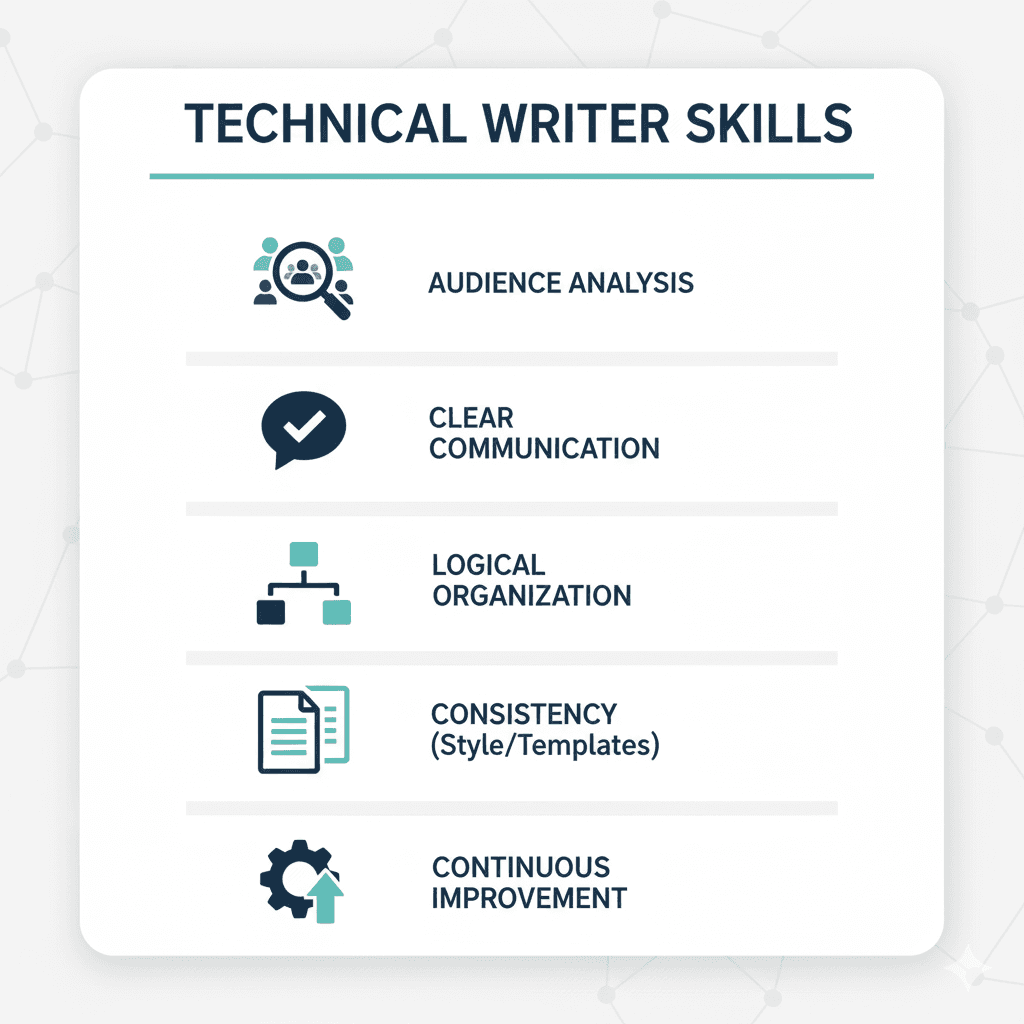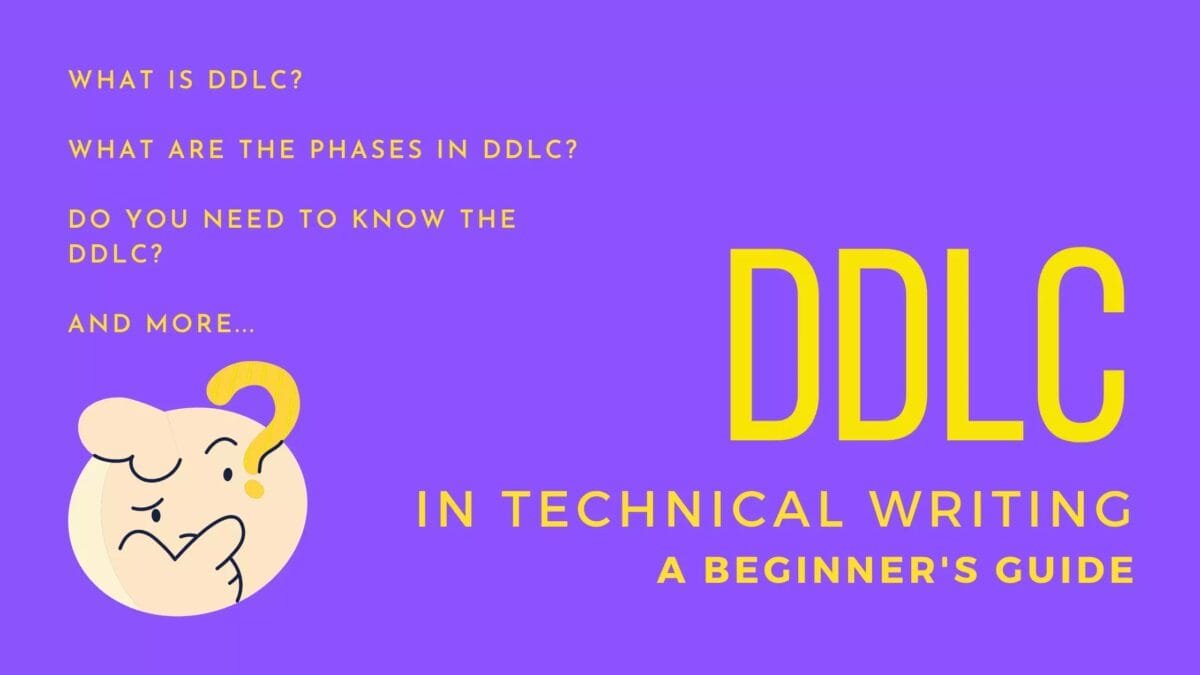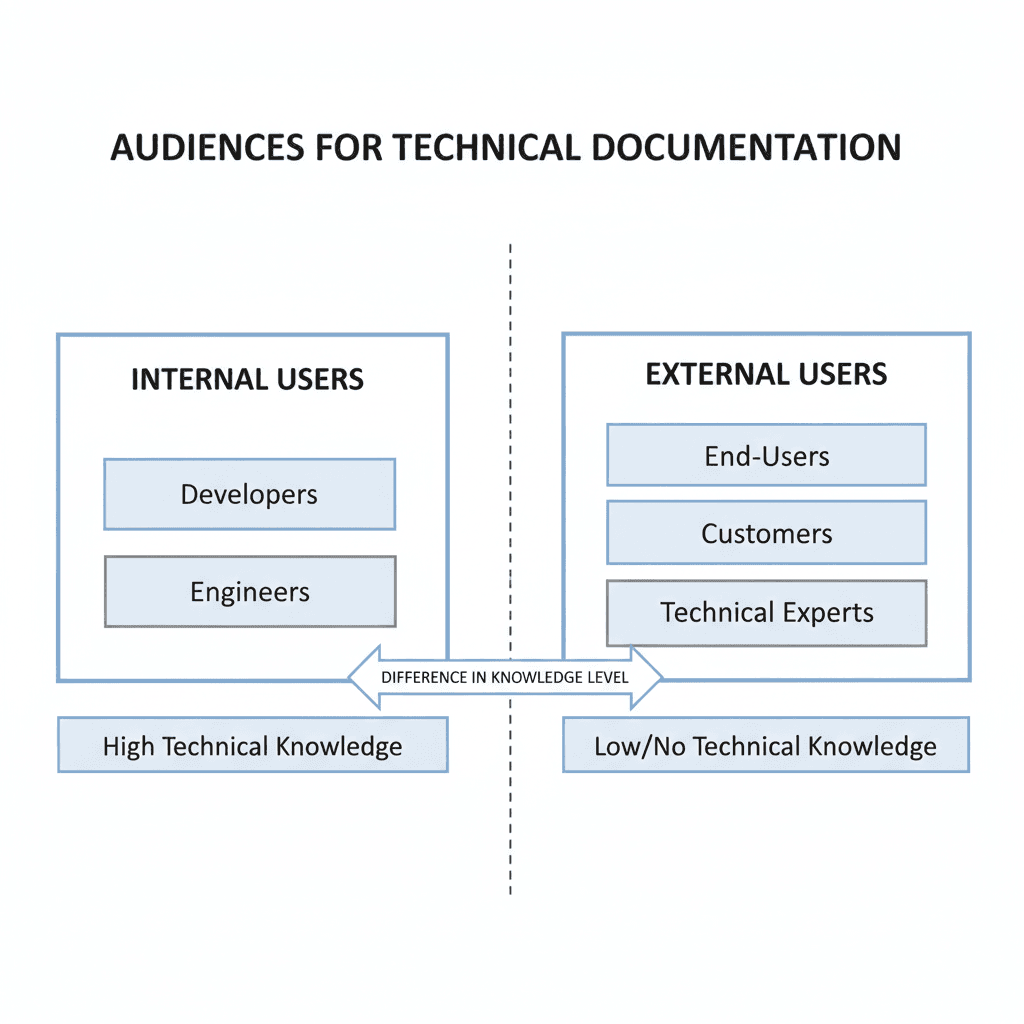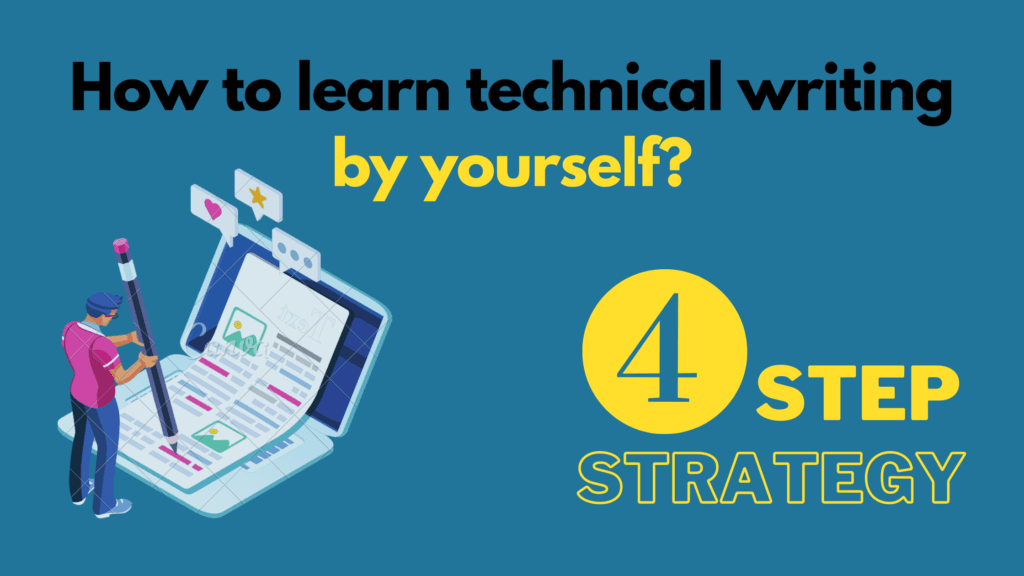DDLC (document development lifecycle) in technical writing is a framework that describes the sequence of phases through which documentation evolves, from inception to deployment and maintenance.
Table of Contents
DDLC, or the document development lifecycle, is one of the most important concepts of technical writing. It is a featured question in technical writing job interviews. Given that DDLC is a very important concept to understand, I have covered only the basic description and definition of DDLC in this article and dedicated a separate article to discuss the phases of DDLC in detail. If you are a beginner or an entry-level technical writer, I recommend that you read this article first and then check out the detailed article. OR, if you like to live dangerously, then here’s a link to the detailed article 😊.
What is DDLC in technical writing?
Document development life cycle, aka DDLC, much like the software development life cycle (or SDLC), is a collection of the typical phases or stages in a document’s development. Right from the document’s inception to its final delivery and subsequent maintenance. As a beginner or entry-level technical writer, you must understand the DDLC well. It is usually one of the first questions you are asked in interviews.
Do technical writers need DDLC?
As a technical writer, your work revolves closely around the DDLC. The DDLC follows a natural, logical order of the documentation’s evolution, and the successful and thorough completion of each phase dictates the success of the next phase, and eventually the documentation as a whole.
Do I need to understand the DDLC as a beginner or entry-level technical writer?
Yes, of course. DDLC dictates the natural path that a technical writer must follow when documenting anything. Therefore, as a beginner, you must understand the DDLC very well. DDLC is also a favorite question during job interviews, so understanding the DDLC and its phases will likely give you an added advantage!
While much of the DDLC discussion focuses on product documentation (like user guides), remember that the DDLC framework applies to all technical documents. This includes creating internal documents, like policies, or legal documents, like compliance reports.
What are the phases in the DDLC?
Generally, there are six phases. It is not a rigid principle to follow; the number of phases may increase or decrease depending upon your organization. For instance, the Review phase might be broken up into Technical review and Editor review.
- Analyze
- Design
- Develop
- Review
- Deploy
- Maintain

Here is a brief description of what a technical writer must do in each of these phases. Since DDLC is a very important topic, I have created a much more detailed article about each phase in the DDLC to help beginners and entry-level technical writers understand them better.
Analyze

Research and analyze the product or topic to understand the topic’s purpose, functionality, limitations, and the targeted audience. You review existing design or end-user documentation as the primary inputs. You also schedule interviews with subject matter experts (SMEs) to get clarifications. Document everything you find out for reference when developing the content. As a technical writer, apply this phase to understand the specific scope of the document, regardless of whether it relates to the product.
Design
Create a proposed design describing the document type (user guide, troubleshooting guide, etc.), the document’s format, and the manner of deployment. Project stakeholders must sign off on this design to avoid reworking later. You might not need a formal design if the topic is minor or the scope is limited to enhancing existing documentation. In this phase, you should also choose the appropriate tools for documentation, such as a dedicated help tool, translation tool, or screen capture software. However, also remember that in most organizations, the tools and software are fixed.
Develop
Start creating the content based on the notes you created during the Analyze phase. Use the product, if available, to get a better understanding of how it works. Hands-on experience also gives you insight into caveats about the product that might have been overlooked by the SME. Based on the approved design, you typically create user guides, feature guides, and troubleshooting guides. If documentation already exists, your involvement in this phase is to update it based on the current scope. Remember to do a self-review before moving to the next phase.
Review (and Approval)
Submit a draft of your content for SME review. Project stakeholders can also participate in the review. You might also be required to submit your content to an editor for review. Rewrite or update the content based on the feedback and get final approvals before moving to the next phase.
Sometimes this phase can be further split into a Review and then an Approval phase. In such cases, a separate group or team reviews your content and provides final approval. This is in place to ensure that your content complies with all legal and regulatory requirements. After receiving the final approval, if a versioning system is in place, you must assign a version number to the updated document. This version number is recorded and tracked in a document management system, if one exists. Document versioning makes future audits of sign-offs easier.Deploy
Publish the approved content in the pre-approved channels. Since you received a sign-off from the stakeholders during the Design phase, this phase takes very little time to complete. This phase might be managed by a separate team, depending upon the publishing mechanisms you or your organization use. If publishing is handled by another team, your role is to let them know that your content is ready to go.
Maintain
Keep updating the documents based on update requests or proactively by yourself as you gain a better understanding of the product or topic. Most organizations fail to do this. In the long run, it becomes difficult to maintain existing docs unless product features are refreshed regularly. However, it is important to always have a maintenance plan in place. This is all the more necessary if your documentation uses screenshots and videos. They become outdated very quickly based on how frequently the product’s look, UI, and feature set change. Keeping your documentation current is key to achieving high customer satisfaction and reducing support costs.
Note: Each phase is also accompanied by a corresponding update in project management tools. Most organizations use one to manage, track, and triage their work. Popular tools include Jira, Trello, and Microsoft Project. It will be useful to get an understanding of these tools if you’re a beginner. Use the contact form to let me know if you’d like me to cover these tools.
Practical tips for technical writers
The DDLC phases teach you the what and when of documentation, but the following tips address the how: how to be a successful technical writer.
- Understand your target audience and their knowledge level to customize your writing style and language appropriately.
- Use simple and clear language, avoiding overly technical terms wherever possible.
- Organize your content logically using headings, subheadings, and bullet points to break up complex information.
- Ensure consistency across all your documents, use templates and style guides.
- Continuously improve your skills by seeking feedback and staying updated with the latest industry trends and technologies.

Points to remember about the DDLC phases
- The phases are not necessarily stop-gates where you cannot proceed to the next phase without completing the one before. Except for the Review phase.
- The phases can merge or occur in parallel depending on the need.
- The order of the phases might change based on need. For example, a document may be deployed before the review itself is complete if the need is urgent.
- Different authorities use different names or titles for the phases, but the underlying principle remains the same.
Conclusion
- DDLC in technical writing refers to the Document Development Lifecycle.
- DDLC describes the natural and logical evolution of a document, right from its inception to deployment, and subsequent maintenance.
- Generally, there are six phases in the DDLC: Analyze > Design > Develop > Review > Deploy > Maintain.
- The names of the phases might vary based on the organization, but the underlying principle remains the same.
- As a beginner or entry-level technical writer, it is essential to understand the DDLC thoroughly.
Now that you have a basic idea about DDLC, why not take a deeper look at it? Check out an article that uses the popular ITTO (input, tools, techniques, output) framework to explain each phase of the DDLC: DDLC Phases in Technical Writing Explained. Another good resource to understand DDLC is Archbee’s article about DDLC. You can also checkout the following video introducing DDLC:
FAQs about DDLC in technical writing
What is DDLC in technical writing?
DDLC stands for Document Development Lifecycle. It is the framework for developing technical documentation.
Are SDLC and DDLC the same?
SDLC (software development lifecycle) is the framework for developing software applications. On the other hand, DDLC is the framework for developing software documentation.
How important is DDLC?
DDLC dictates how technical writers develop their documentation. It is a significant concept and one that must be learnt by all technical writers.
I hope you found this article helpful. If you didn’t, then I would love to hear from you about what I can do to improve it. For more technical writing-related articles and resources, see the Technical Writing page. Also consider following my YouTube channel learntechnicalwriting, Reddit community r/learntechnicalwriting, and Quora space Technical Writer | Technical Writing for more such content.
Affiliate disclaimer: Some of the links in this article are affiliate links. This means that I can get a little commission if you subscribe or make purchases using the link at no extra cost to you.




Pingback: Technical Writing Career FAQs for Beginners | Resources for content creators and technical writers
Pingback: Effective documentation in technical writing | Resources for content creators and technical writers
Pingback: Technical Writing Career FAQs for Beginners | Resources for content creators and technical writers
Pingback: Creating Effective Documentation Is Easy - Writerstable